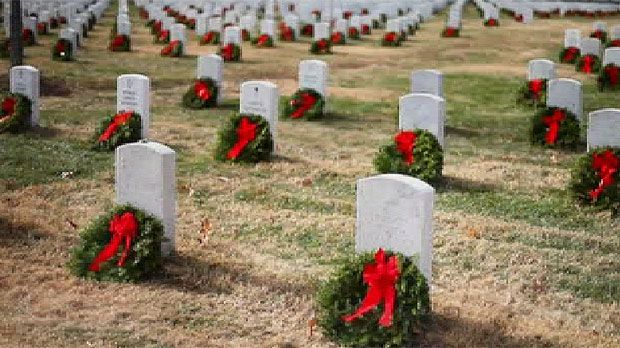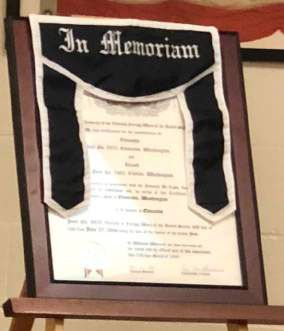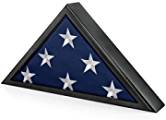We dedicate this page to our fellow Veterans with whom we can no longer share our comradeship. They will never be forgotten.
Our Post 1555 Honor Guard is being reinstituted and will be available in the near future for these solemn occasions
 .
.Since the American Revolutionary War over 1.0 million service men and women have given their all for our country during wars. Almost half of those deaths occurred during the Civil War, another 40 per cent occurred during WWII followed by WWI, Vietnam and Korea.
When our Post is notified of a members passing at the next meeting, the Commander, by motion from the floor or at his order shall call for the Draping of the Flag. The Chaplain shall then offer a prayer for our comrade and then drape the In Memoriam Banner over the Post Charter.

The origins of "Taps", the distinctive melody played at U.S. Military funerals and as lights-out signal to soldiers at night has many possibilities. The word itself is thought to have come from the Dutch word for "tattoo" which is "taptoe". Taps comes from the three drum taps that were played as a signal for "Extinguish Lights" when a bugle was not used in the rendition.
The distinctive bugle melody played at U.S. military funerals and memorials and as a light-out signal to soldiers at night,, date back to the American Civil War. In July 1862 U.S. General Daniel Butterfield and his brigade were camped at Harrison's Landing, Virginia, recuperating after Seven Days Battles near Richmond. Dissatisfied with the standard bugle call employed by the Army to indicate to troops it was time to to sleep, and thinking the call should sound more melodious Butterfield reworked an existing bugle call used to signal the end of the day. After he had his brigade bugler Private Oliver Wilcox Norton, play it for the men, buglers from other units became interested in the 24 note tune and it quickly spread throughout the Army, and even caught on with the Confederates. Butterfield's bugle call was officially known as "Extinguish Lights" in American military manuals until 1891.
Military funerals are majestic and ceremonial. Prominent in such occasions is the flag-draped casket. The blue field of our nation's flag is placed at the head of the coffin over the left shoulder of the deceased veteran. The arrangement began during the Napoleonic Wars of the late 18th century when a flag was used to shroud the dead as they were carried from a field of battle. Along with the flag draped casket, a veteran's final service is characterized by the firing of three volley each by seven service members, the playing of Taps, and the folding of the flag by the honor guard before presentation to the next of kin. Each of the thirteen times the flag is folded has a message.

